How to choose ski pants
Our guide to how to choose ski pants makes sure you don’t end up freezing on the chairlift or sweat-soaked and chilled in the backcountry.
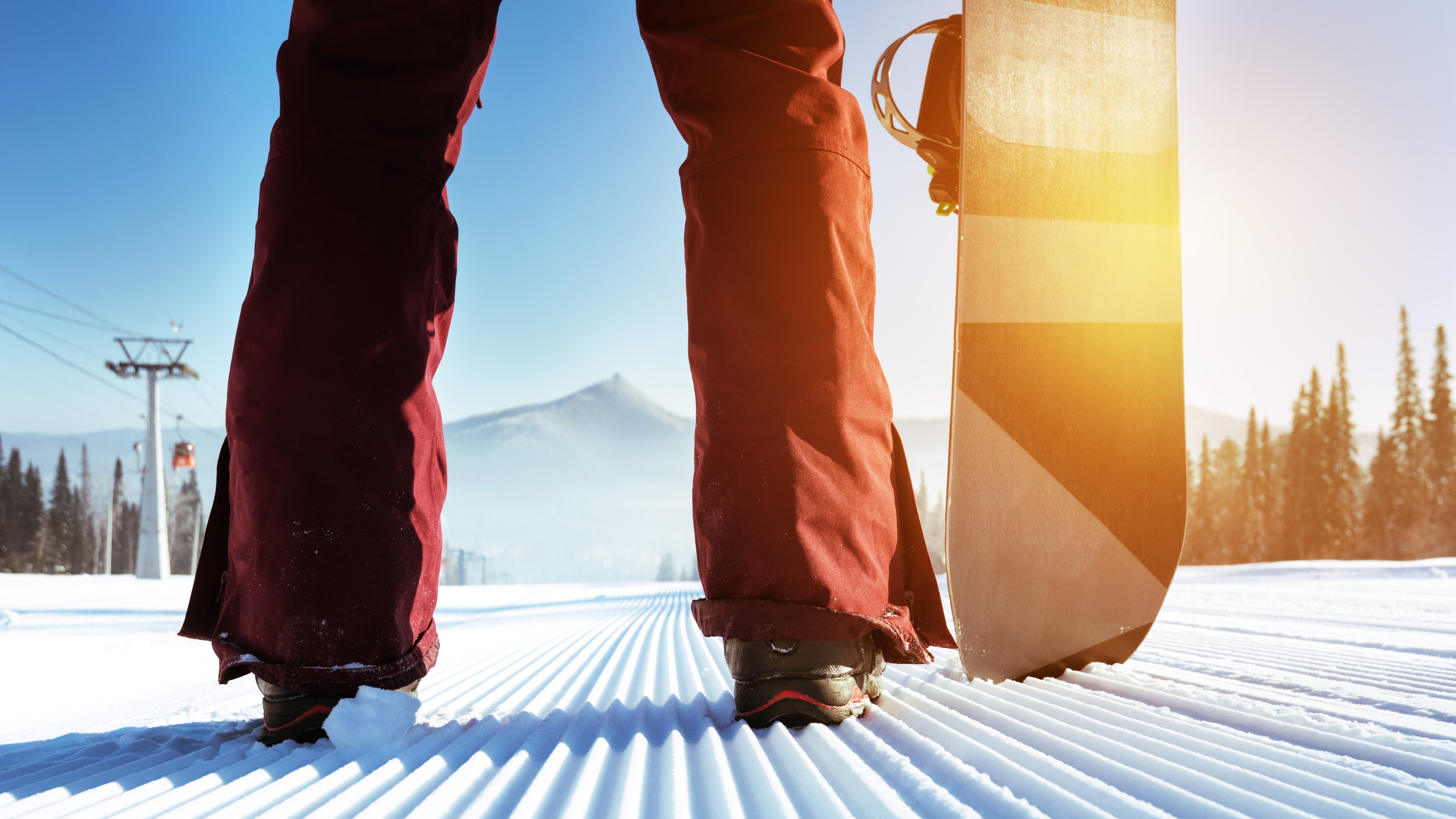
Gearing up for ski season and choosing your new colors can definitely be a lot of fun, but what you wear on the hill comes down to more than just style. The best ski pants protect you from cold weather, sure, but choosing ski pants requires you to understand what type of skiing you’ll be doing and where you’ll be doing it, to make sure you have the protection and functionality you need whether you’re racing down groomed runs or exploring the backcountry. Slim-fitting softshell pants definitely look great, but they won’t always suffice for wet, cold resort skiing, while a bulky pair of insulated ski pants might be far too warm for backcountry skiing.
Ski pants (and snowboard pants) come in various constructions such as 2-layer and 3-layer, hardshell, softshell and insulated, all of which can feel a bit confusing when you’re newer to winter sports. In this guide to how to choose ski pants, we talk you through the most important criteria to understand when making your purchase so you don’t end up freezing on the chairlift (but looking great) or sweat-soaked and chilled in the backcountry.

How to choose ski pants: waterproofing
Snow is frozen water and therefore it makes sense that any ski pants should be able to repel water, but some ski pants are fully waterproof using a membrane like Gore-Tex as in the Arc’teryx Shashka Stretch Pant, while others are merely water repellent, as in the Helly Hansen Odin Mountain Softshell Pants.
However, this doesn’t mean that those that are water repellent are inferior by any means. The type of skiing you’ll be doing and where you’ll be doing it will actually be the determining factors here. If you’re likely to be skiing in very humid conditions and perhaps spending a lot of time in deeper, wet snow or sitting down (if you’re a snowboarder) then you’ll want to opt for waterproof pants. However, for bluebird days, if you ski in a dry snow state like Utah or Colorado or you’re going to be ski touring, you can definitely choose a pair of water repellent softshell pants that are more breathable but will still ward off snowfall.
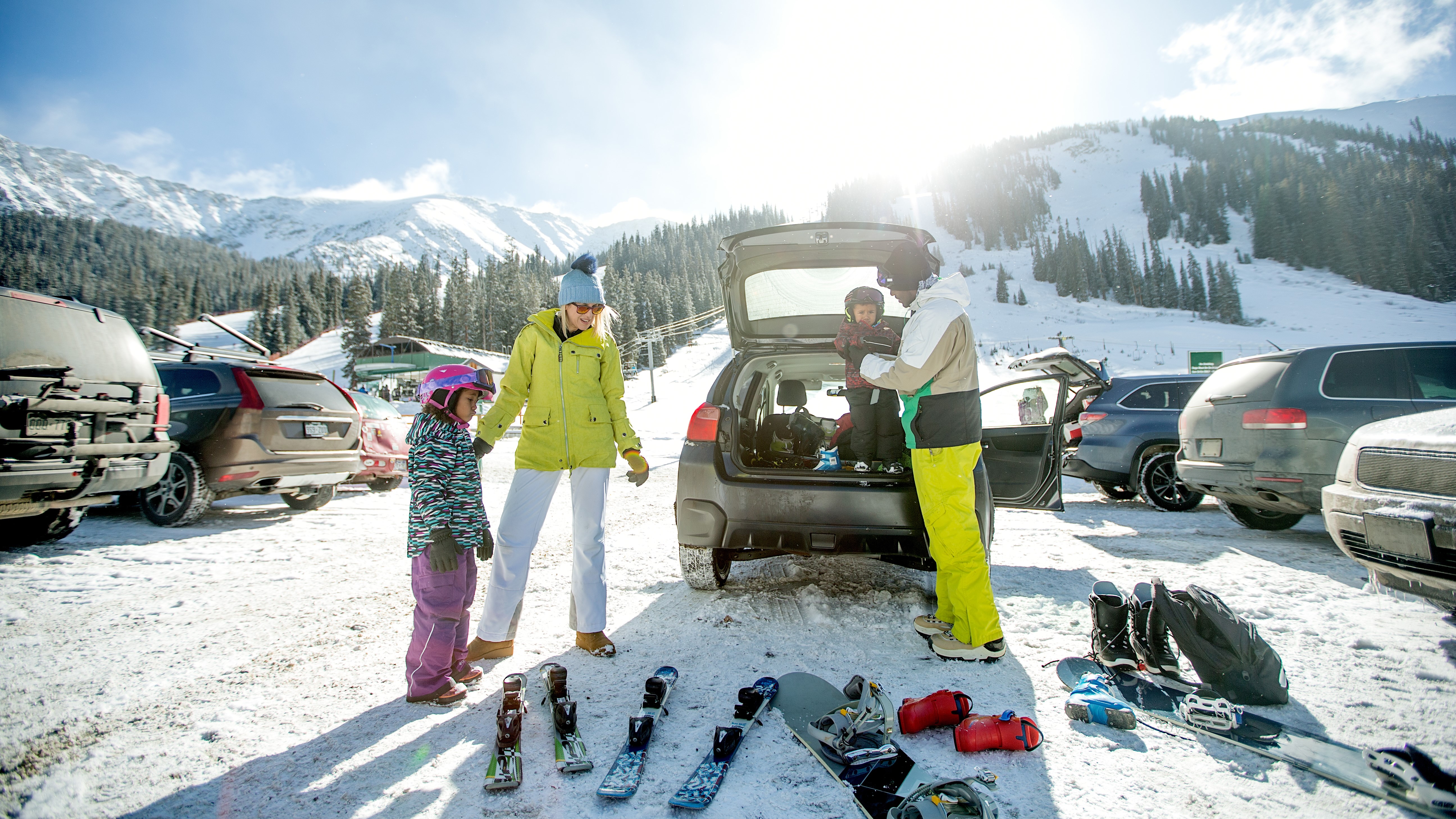
How to choose ski pants: insulation
Most of us don’t feel the cold as much in our legs as other parts of our bodies, but naturally, when you’re adventuring in cold weather, you want clothes that will keep you warm, so it might seem like a bulky pair of insulated pants makes more sense than a slim-fitting pair of softshell pants. However, with certain types of skiing, getting too warm can be problematic, believe it or not.
For resort skiing where you’re going to be taking long, cold lift rides between runs, and if you feel the cold generally, you’ll probably want a pair of insulated ski pants like the OOSC 1080 Ski Pants. Insulated ski pants can come in varying degrees of insulation, too, from thick to light. For backcountry skiing, non-insulated shell pants will suffice – remember, you can always supplement with thermal underwear underneath.
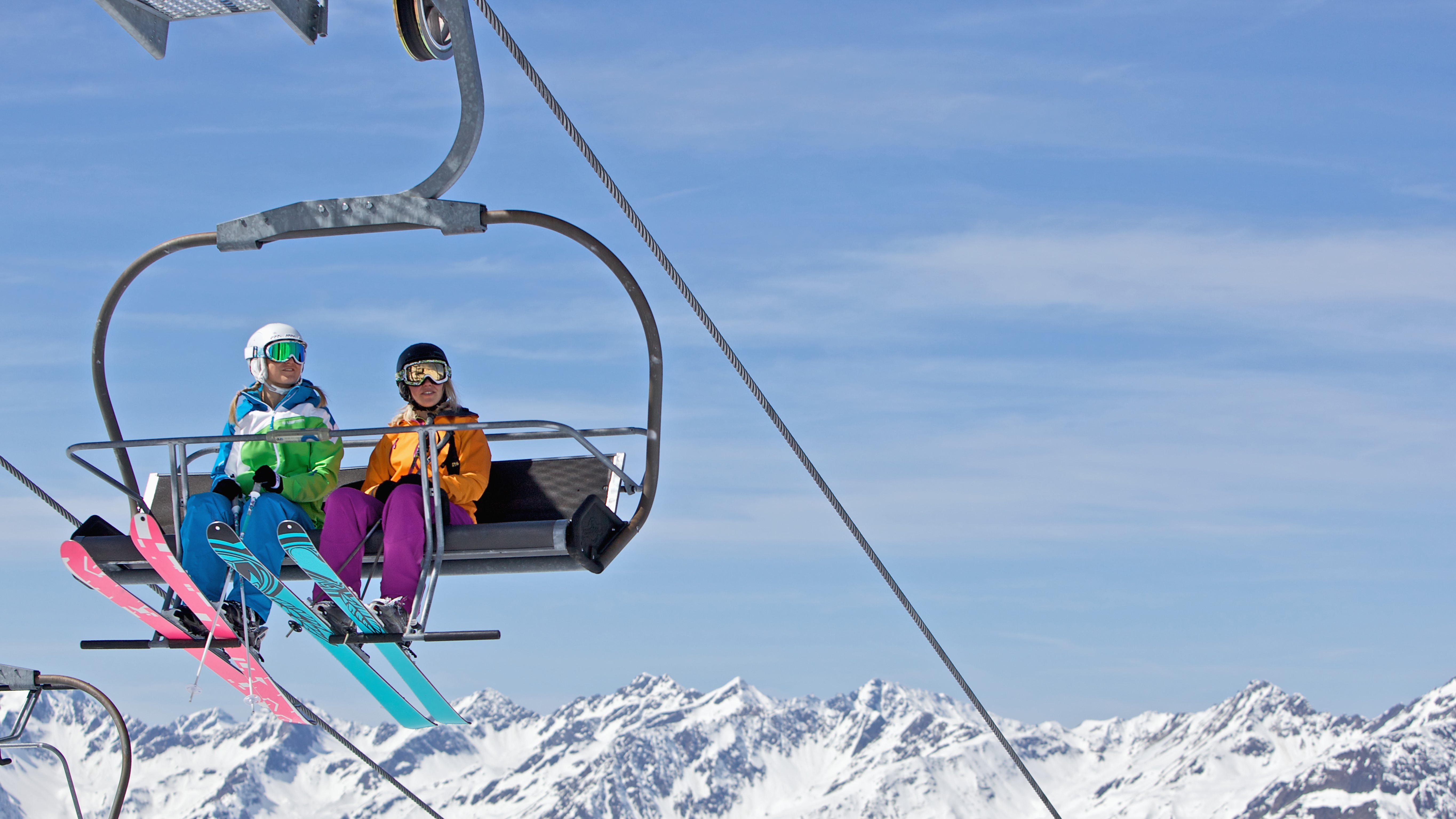
How to choose ski pants: breathability
Most good ski pants will have some degree of breathability, and breathability is more important in the backcountry than for downhill skiing. It is feasible that you could work up a sweat skiing deep powder at the resort, but it’s really most important for ski touring, where you’ll want a breathable fabric as well as a moisture-wicking lining. However, a lot of the breathability in ski pants comes from venting zips, which are either in the outer or inner thigh. If you’re going to be skiing off-piste, on warm spring days or if you tend to run hot, make sure your ski pants have venting zips to let a cool breeze in.
All the latest inspiration, tips and guides to help you plan your next Advnture!
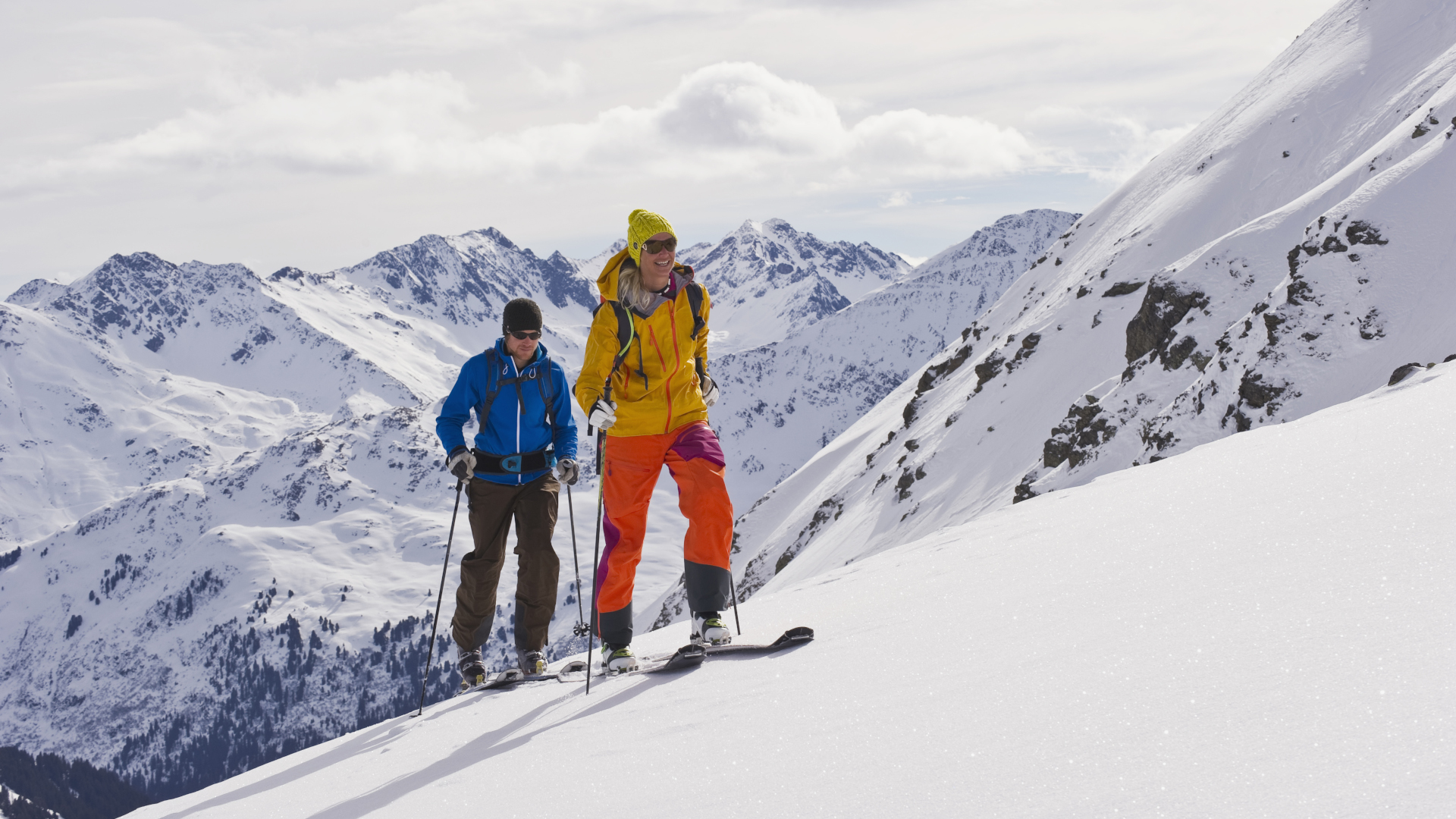
How to choose ski pants: stretch
Stretch content from fabrics like elastane and lycra makes ski pants easier to move in, so ideally, you’ll have a little in any pair of pants. For downhill skiing, you basically just need enough room to kick your foot up onto the tailgate of your car while you buckle your ski boots, so a slight stretch or a roomier fit is enough. If you’re uphill skiing, you want more stretch to slide your skis uphill, which you’ll find in a softshell pant.
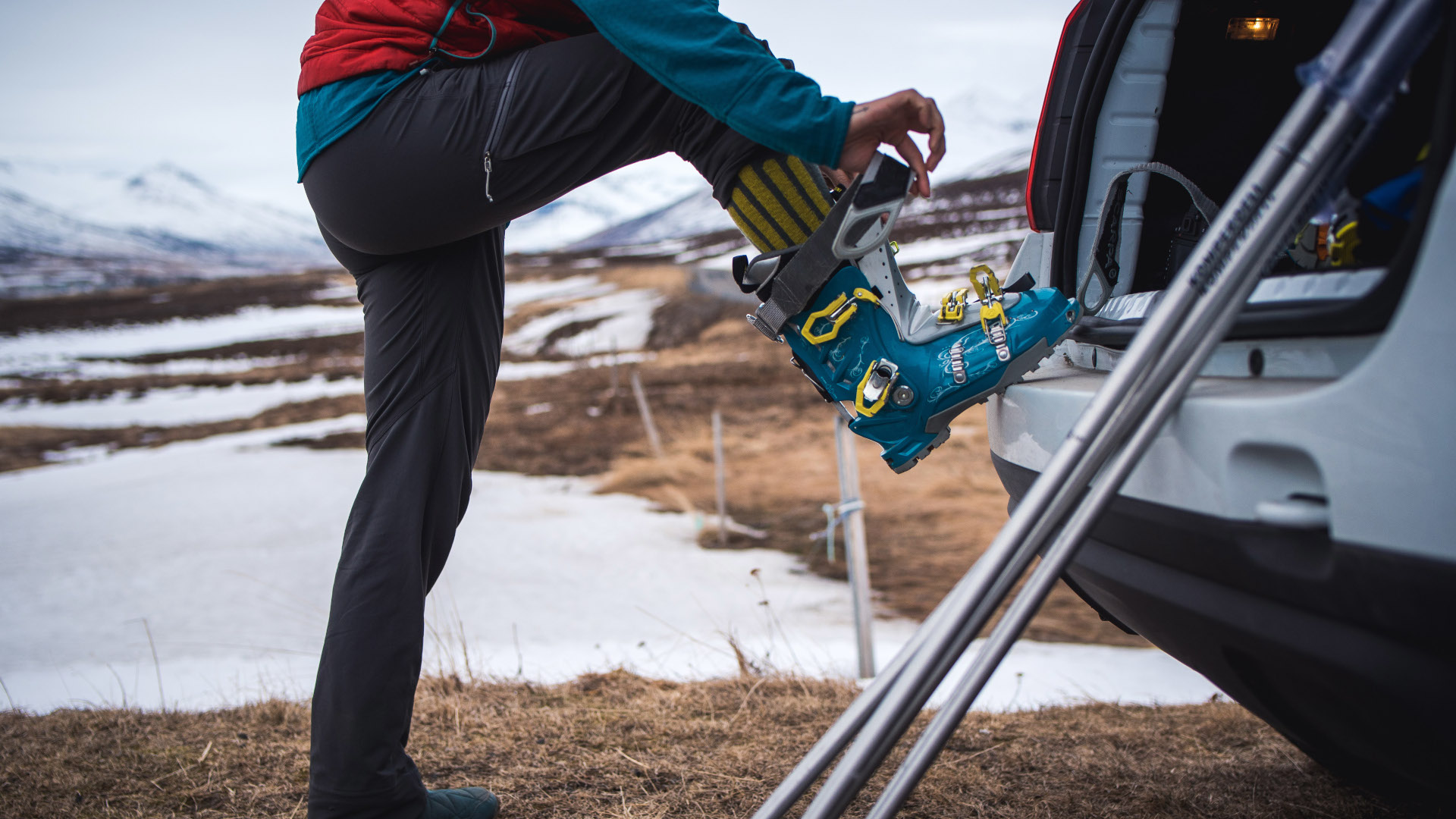
How to choose ski pants: pockets
A lot of ski pants come with hip pockets which aren’t all that useful whether you’re skiing uphill or sitting on a ski lift, since any gear in such a pocket will just be annoying. Your ski jacket (and perhaps ski backpack) should provide plenty of storage for gear anyway, but if you like to keep your phone or map in your pants pockets, look for a pair of ski pants with zipped thigh pockets such as the Columbia Kickturners which keeps your gear easily accessible and secure at the same time.
If your jacket needs an upgrade, our guides to the best ski jackets for men and ski jackets for women are full of great options.
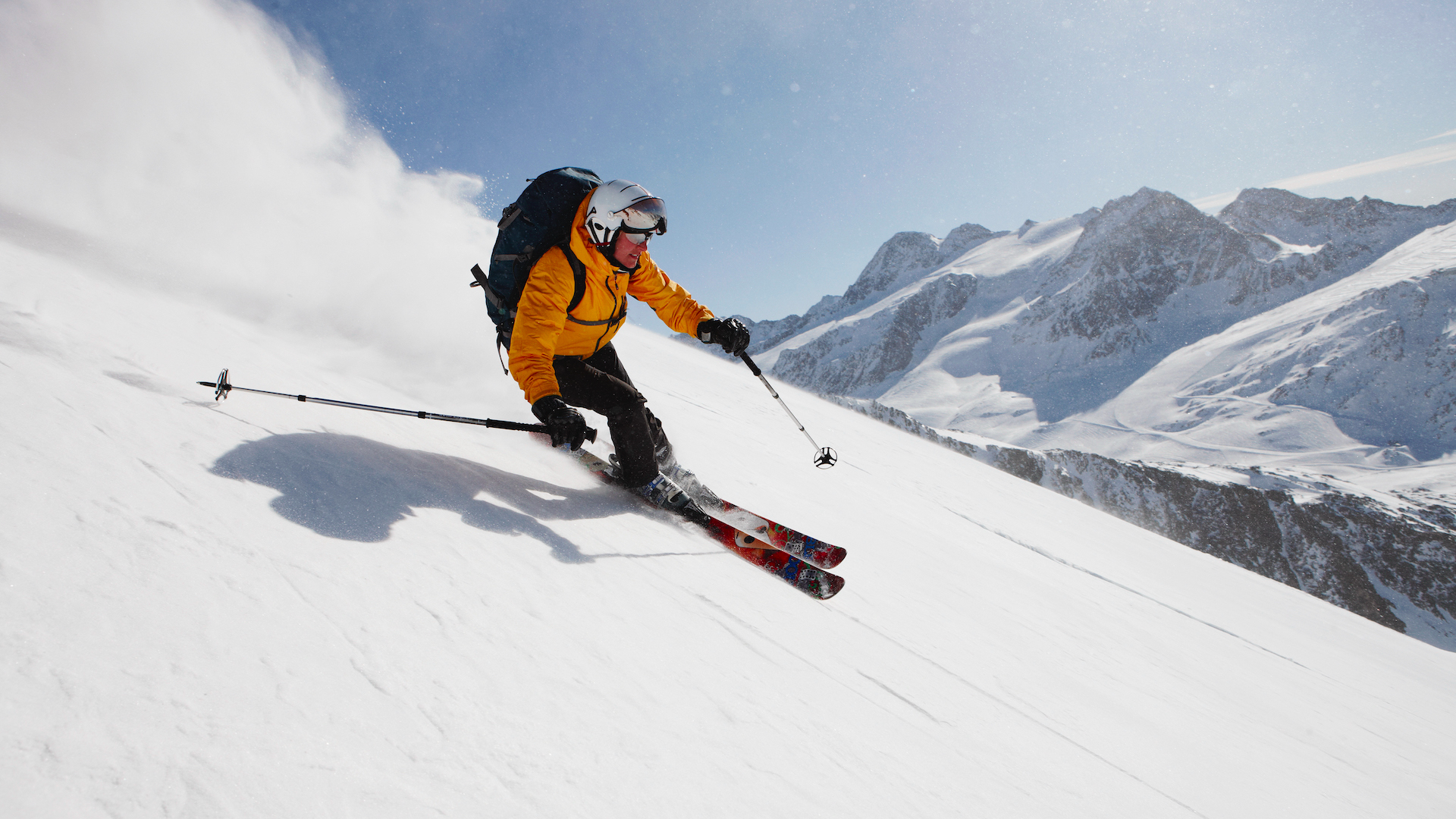
How to choose ski pants: pants vs overalls
Ski pants come in a simple trouser design or as overalls. Overalls supply more warmth and are better at keeping the snow out if you’re falling a lot or in very deep snow, but they are more of a pain to take on and off. Some have a rear zip for toilet stops, while a basic trouser design presents no such problems. Just make sure yours have belt loops and are adjustable around the waist, or get yourself some suspenders.
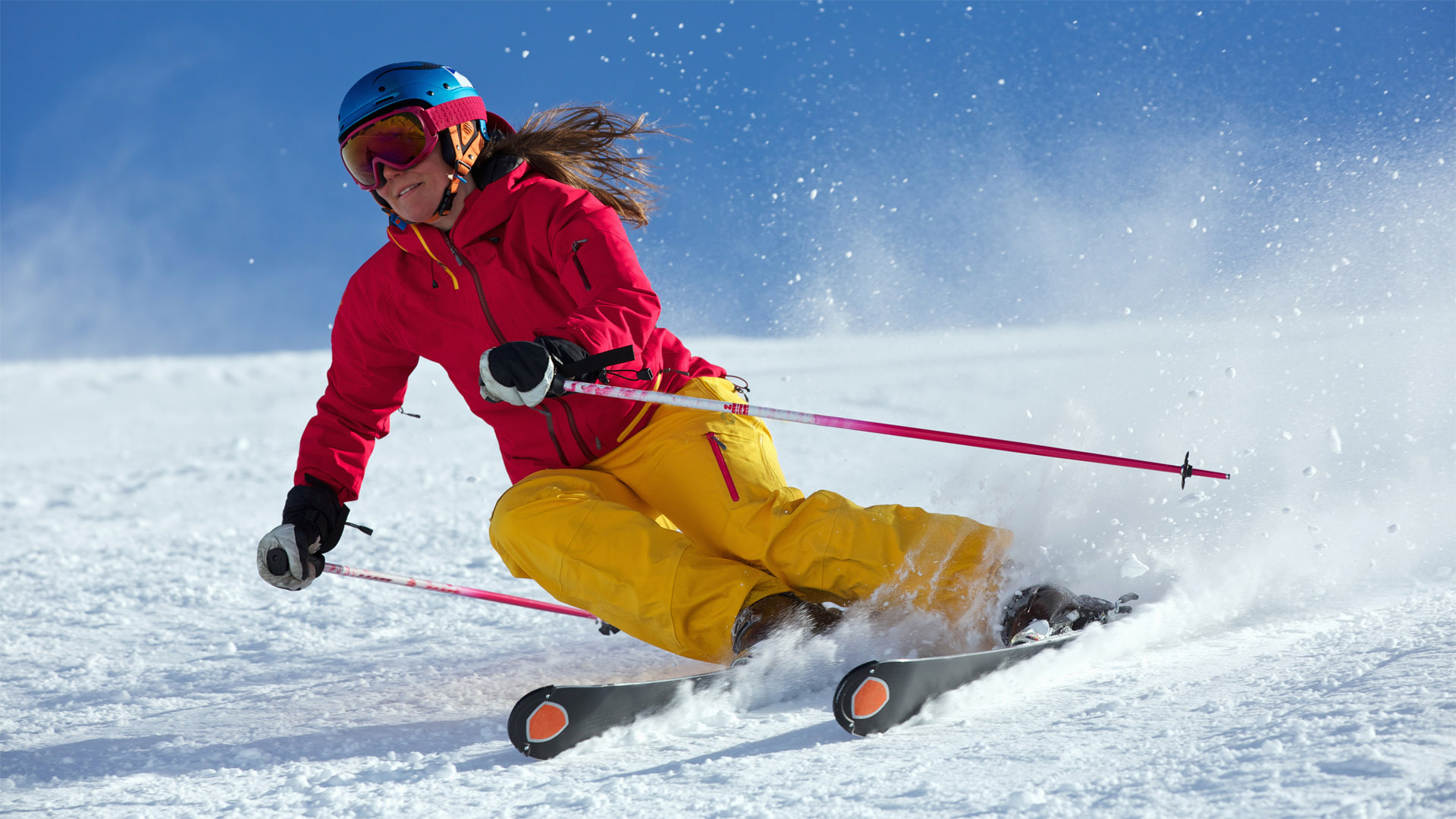
How to choose ski pants: fit
How should your ski pants fit? Slim fit ski pants offer better heat retention and are more aerodynamic for zooming down groomers if that’s your thing. They won’t offer as much in the way of range of motion unless they also have lots of stretch, and will need to come with flared ankles and zippers or poppers on the ankles to fit over your ski boots.
On the other end of the spectrum, baggy ski pants offer much more free range of motion, which you’ll probably want if you’re going snowboarding. These will be more comfortable, but won’t provide as much warmth. If they’re too loose, they might annoy you by flapping in the breeze when you’re going fast or catching on your skis.
- The best women's ski pants: pants and salopettes tested and rated by experts
Julia Clarke is a staff writer for Advnture.com and the author of the book Restorative Yoga for Beginners. She loves to explore mountains on foot, bike, skis and belay and then recover on the the yoga mat. Julia graduated with a degree in journalism in 2004 and spent eight years working as a radio presenter in Kansas City, Vermont, Boston and New York City before discovering the joys of the Rocky Mountains. She then detoured west to Colorado and enjoyed 11 years teaching yoga in Vail before returning to her hometown of Glasgow, Scotland in 2020 to focus on family and writing.

